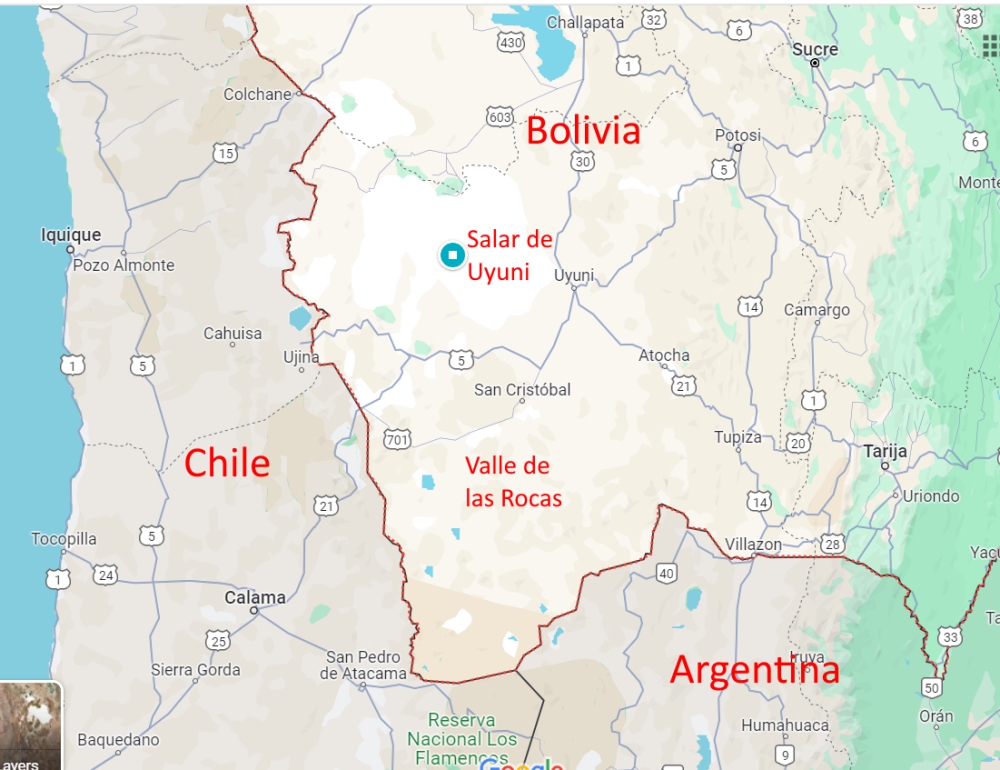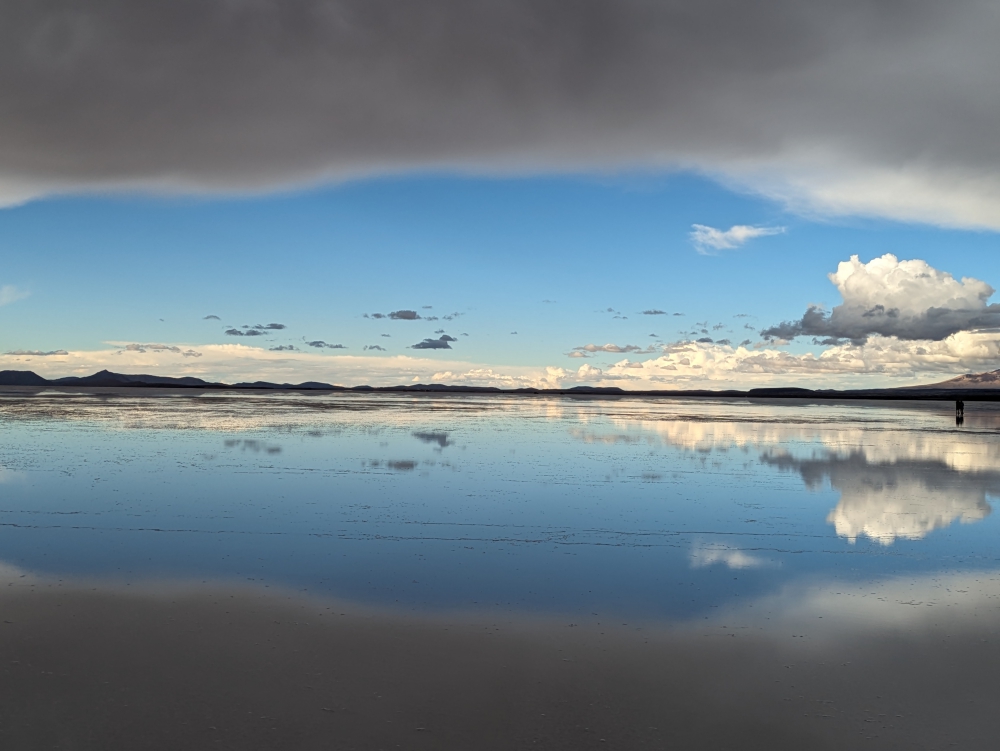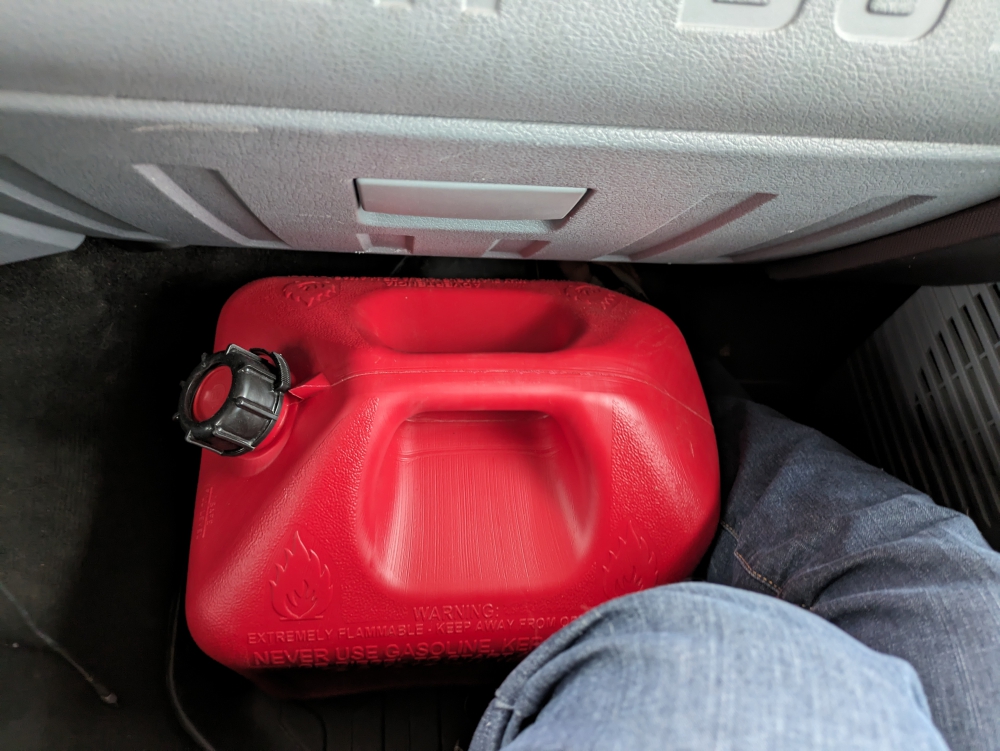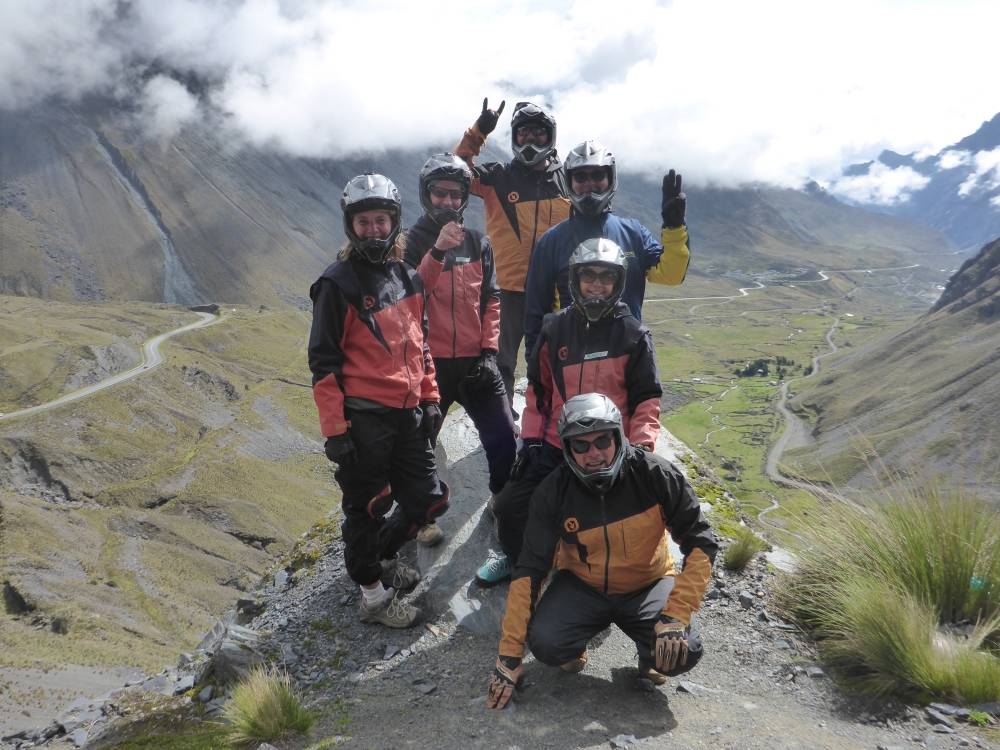
Every month, I post a report of our expenses to show that it is possible to live a comfortable, exciting, and adventurous life without breaking the bank. The less money you spend, the less you need to make. 🙂
This report includes ALL of our expenses, in US$, for two adults and one 60-pound dog (we adopted Maya on June 4th, 2019). Under groceries we incorporate food, produce, and non-alcoholic drinks predominantly bought in supermarkets. Toiletries belong in that category as well. Dining out means eating at a restaurant/event or purchasing take-out food. The health category covers non-prescription medicines and vitamins/supplements; medical contains prescription drugs and doctor’s visits. Because of our income level, Mark and I are eligible for free health care within the state of Massachusetts. For check-ups and extensive care, we return to the US East Coast. Other health issues are resolved locally and out of pocket where needed and possible.
January was a bit different than other months, since Mark, Maya, and I were stationary at the Las Lomas Campground in La Paz, Bolivia, with our truck camper, Thirsty Bella, for 26 out of 31 days. One of the reasons we took on the managing position for this property was to save money – or better, not spend much. But there are always extra expenses. Always. All in all, it was a decent month, though.

Drone footage of the campground during the holidays

Home for over a month

As camp hosts, we had our own key to come and go on the property.
Surprisingly, the car category was still the highest. Fuel was manageable, since we sat still for so long and didn’t top up our tank until we left.

Hauling fuel from the gas station – no, we didn’t run out.

Putting gasoline in our tank, five gallons at a time!
When we arrived in La Paz, however, we noticed sparks in our engine. Mark diagnosed this as corroded ignition coils. He managed to clean a couple, but we had to buy two new ones in Bolivia – one in December and one in January. Since they were of inferior quality, he also ordered two better ones in the US, to pick up later. Hence the $200 amount for repairs. We happily discovered the source of the rust, so this problem shouldn’t be repeated.

Cleaning another one of the corroded ignition coils

Preparing an engine job

Replacing the last of the ignition coils
Tolls in Bolivia are affordable and you can sometimes reuse a ticket on the same highway.

Toll booth ahead – at least the roads in Bolivia are in good condition!

First toll booth

One of the handful of tollbooths we passed in one day

This one has a gate, with manual lever!

Toll tickets are stamped when they are reusable
The grocery cost was average and our exquisite dining out expenses affordable, because we were treated by others, in person or virtually. I promised previously that I’d mention the prices of our gastronomy delights in La Paz in this report.

Produce vendor in Bolivia

Empty fridge – time to go grocery shopping again!

Popular – and closest – supermarket in La Paz

When cooking on the grill at high elevations, we need to crack the lid to produce enough oxygen for the grilling.

Thank you gift from Marcos, the campground owner
At Gustu, the #23 on the 100 Best Restaurants of Latin America list, tasting menus cost the equivalent of $65 per person for a 7-course meal. We used gift money from my parents for that splurge.

Fancy dining in Gustu

Enjoying one of the courses at Gustu
Ancestral, the #62 on that list, offers 8-course tasting menus for $42 a person, plus $26 per wine pairing, which we split per couple. Our friend Brandon treated us here, because Mark helped him set up a new phone for an entire day, after his old one was stolen at El Alto Market on New Year’s Eve. And, we used the last bit of our gift money – and some of our own earnings – for a second dinner at Ancestral, just the two of us.

Tasting menu prices at Ancestral

Appetizer on the house in Ancestral

Rose wine as part of the wine pairing in Ancestral

Exquisite dining with friends

Glass of wine at Ancestral for Mark
At Popular, the amazing restaurant in downtown La Paz, the set gourmet lunches cost $12 per person. We paid for that, although we received one tip from a friendly camping couple and put this towards that meal. Plus, one of you sent us a dinner donation, the day we went out for an amazing pizza meal in Uyuni! So, in January, we almost ate out for free! 😊

Mark’s appetizer at Popular

My soup at Popular

Can you believe that this is a chocolate flan?

Dessert at Popular
Mark needed to get blood work done, six months after two values were off in the US. Since it had been one and a half years since I had any tests done, I ordered a full panel at the same clinic. All these blood tests set us back $61. I wonder how much this would cost in other countries, without health insurance.

Vietnamese lunch special

Delicious western-style pizza!

Bottle of decent wine at the pizza restaurant
Our alcohol expense was average in January. With four small tiendas near our campground, all we had to do was walk a few minutes if we wanted to drink wine that night. Decent bottles of red, like Campos or Tentación, and white wine, like Terruño, cost the equivalent of $4 here. Beer in the grocery store is pricy at around $1.50 a can, and rum is cheaper than in the surrounding countries.

Affordable wine in Bolivia – the popular wine region is called Tarija

Our favorite rum (Flor de Cana) is affordable in Bolivia. (This photo is a preview of our Salar tour in early February.)
Because fuel is tricky to purchase as foreigners in Bolivia (more about that in a future post), Mark and I decided to buy an (expensive) jerry can in La Paz for the rest of our road trip through this country. We also obtained a new, small, plunger for the camper as the original one didn’t suction well anymore.
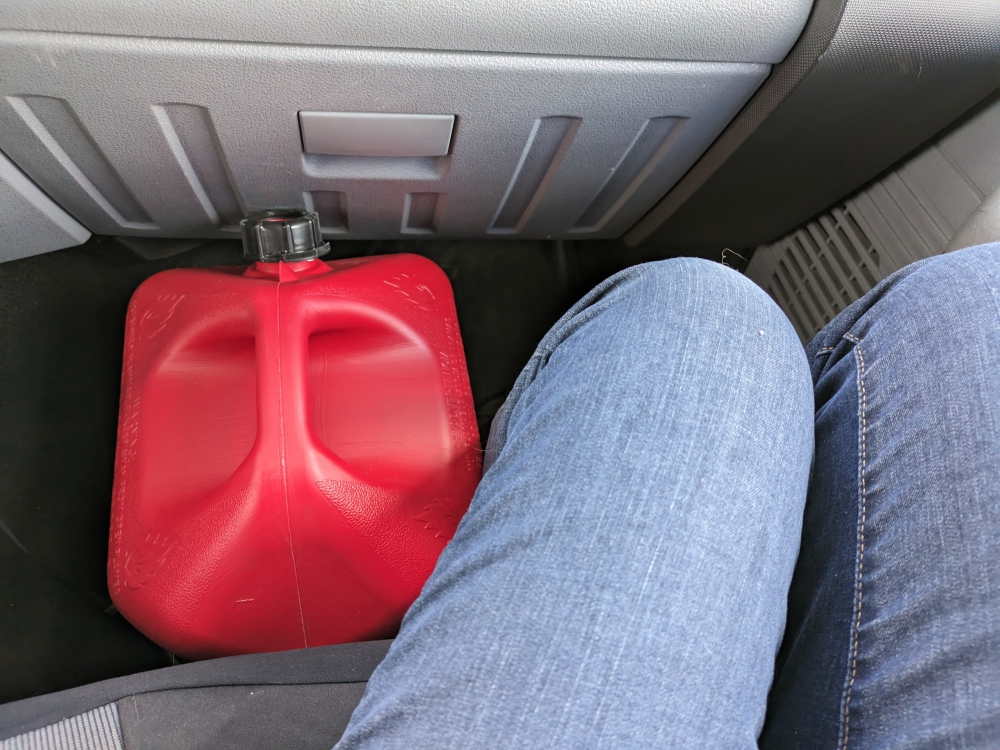
Traveling with a fuel can in the car – not ideal!
Our monthly Starlink fee remains the same at $35 a month (of which our business pays the other half). Turning it off during our stay at Las Lomas, which offers free WiFi, would turn into a hassle, so we kept paying our subscription. While settled at the campground, we used colectivos (minibuses), cable cars, taxis, and Uber to get around. The total for those services amounted to $24.

Colectivo (minibus) in Bolivia

Colectivo ride into town…

… with Maya

One of the many cable car rides in La Paz

The blue cable cars

The Silver Line above El Alto
We bought a couple of things for the camper, like electrical cleaner spray (at a local store) and a door strut (on Amazon – packages in the US are piling up again), since the current one is broken and Bella’s door doesn’t stay open anymore. I had my cheapest, fastest, shortest, and best haircut in South America for $3. And, we took Maya to the vet.

New haircut

This door strut is broken, so we ordered a new one on Amazon in the US.
The day we arrived in Uyuni, Maya was bitten by a loose dog (more about that later as well). Luckily, its owners took responsibility and paid the first vet bill of $16. We covered subsequent check-up visits, one of which still took place in January. Luckily, animal clinics are affordable here.

Taking Maya to the vet after her dog bite

Stitch job well done!
From Las Lomas, we left with full tanks of potable water and propane gas, and clean clothes after doing laundry. These services were free for us as camp hosts.

Topping up our propane gas before leaving

Getting water and finishing laundry at Las Lomas Campground

Laundry machine in the kitchen
Once back on the road, we boondocked on the way to and in Uyuni, meaning that we didn’t spend a dime on accommodation in January. We are happy with a total of under $900, but had hoped to do better while “sitting still.”

Thirsty Bella camped by the Train Cemetery in Uyuni

Boondocked between ruins and a rising river

Boondocked in Uyuni
